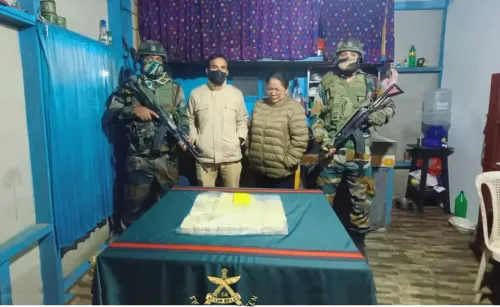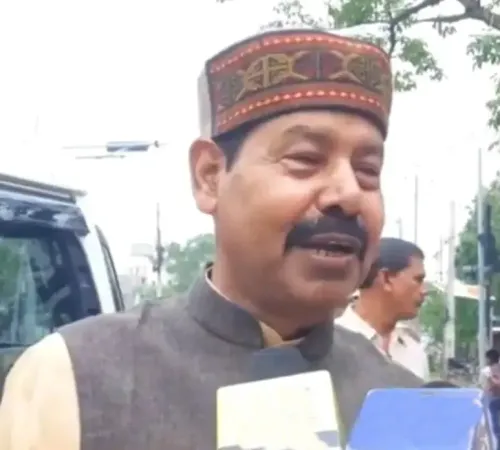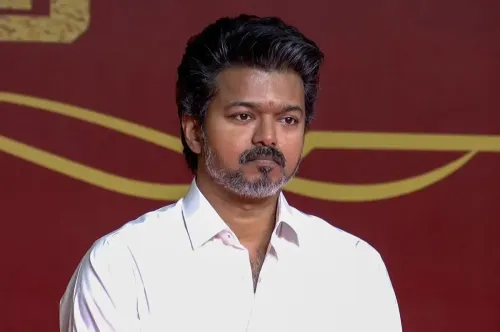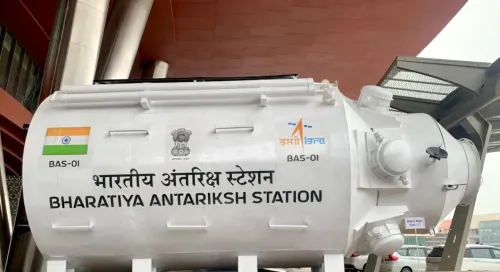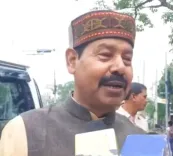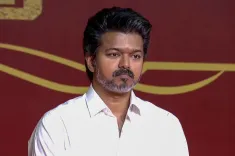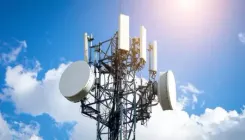What Big Gifts Did PM Modi Present to the People?
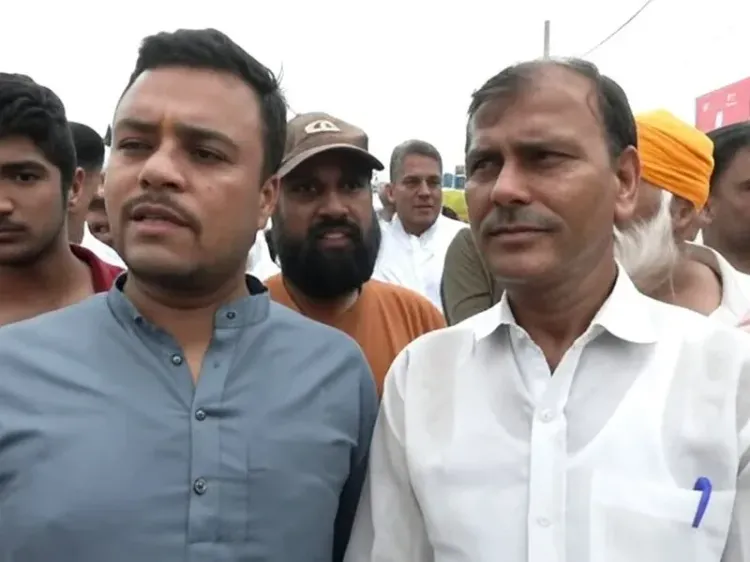
Synopsis
Key Takeaways
- Inauguration of two highway projects in Delhi valued at Rs 11,000 crore.
- Expected to enhance connectivity and reduce traffic congestion.
- Local residents express gratitude and excitement over the projects.
- Benefits include time savings and reduced fuel consumption.
- Strong support for PM Modi's development initiatives.
New Delhi, Aug 17 (NationPress) Prime Minister Narendra Modi officially launched two major highway initiatives valued at Rs 11,000 crore in Delhi on Sunday. These initiatives are projected to significantly enhance connectivity and alleviate commuter woes caused by traffic congestion and bottlenecks.
The residents of Delhi, particularly those in Dwarka, were visibly thrilled with the announcement of the projects by Prime Minister Modi.
"We are grateful to PM Modi for presenting such a substantial gift to the people of Delhi," commented a local dweller.
Another resident, Baby Gupta, expressed her pride, stating: "It is remarkable that Prime Minister Narendra Modi and Delhi Chief Minister Rekha Gupta have achieved what previous administrations could not. CM Gupta has accomplished significant developmental strides in her brief term, particularly in supporting the workers. We owe our gratitude to PM Modi for this enormous gift to the people of Delhi. The prior governments only made promises, but the BJP is resolute in driving the nation's development forward."
Another local resident remarked, "It’s a tremendous opportunity for us that PM Modi inaugurated these two highway projects."
A further local voice praised PM Modi, stating: "The unprecedented developments initiated by Prime Minister Modi are invaluable for the residents of Delhi and the nation. We extend our thanks for this."
Vinod Chaudhary noted that crowds lined the streets to witness PM Modi’s visit. "We are thankful to PM Modi for the gift he has provided us. We encourage everyone to support PM Modi's initiatives," he urged.
Simultaneously, a local resident highlighted the advantages of the newly inaugurated projects.
"The launch of these highway projects is set to save time, decrease petrol consumption, and greatly benefit the business community," he explained.


